There are a few things I consider a personal life treat. One of my personal life treats is editing or reading while eating brunch. The more variety of the dishes, the better. Bonus points if brunch has a veggie breakfast burrito, a side of berries, and iced chai with almond milk and just the right amount (a lot) of ginger.
If it was socially acceptable to show up to my favorite brunch buffet places in pajamas and spread out all. my. stuff, it would bring me so much joy. The guy above is living my best life.
Alas, I have to create this scene at home.
Anyway, here is a list of tips that I have collated that authors will find helpful when working with editors.
Using Microsoft Word track changes and comments: When I return your manuscript, the Track Changes function in Microsoft Word will be turned on in your manuscript file to make it easy for me to tell which are your edits and comments and which are my edits and comments. You will not be able to use the Accept/Reject Changes function. This is to ensure that I can easily find your changes or comments to review them.
If you do not agree with a particular edit, please delete it, and your deletion will be tracked by Word. If text must be added, please insert it, and your insertion will also be tracked by Word.
Different types of editorial services: Unfortunately, there is a wide range of definitions for the different type of editorial services. Read this page from Editors Canada. My interpretation of editing largely aligns with Editors Canada.
How to handle the developmental edit: A humorous and educational podcast with an author and his editors and a recent developmental book (DE) edit. Grief, horror, relief, and laughter all in one service. Developmental edits are challenging for authors and editors, but I still find DE the most gratifying service.
How to Format a Book: 10 Tips Your Editor Wants You To Know: I don’t think I can stress this post enough. Make sure your files have some level of organization that another person can understand.

